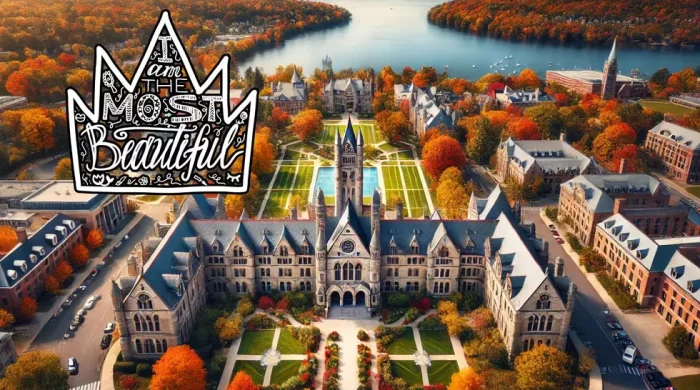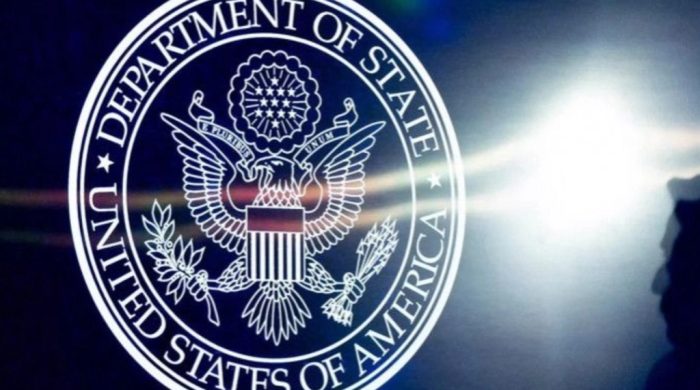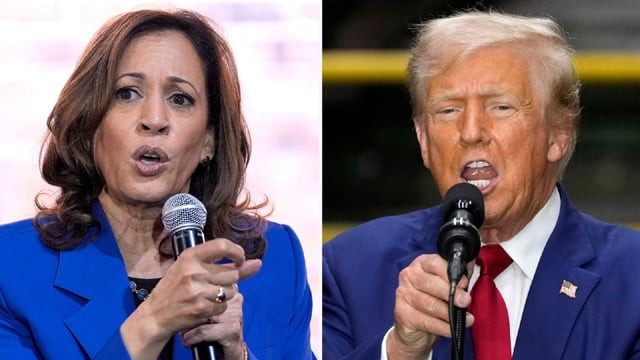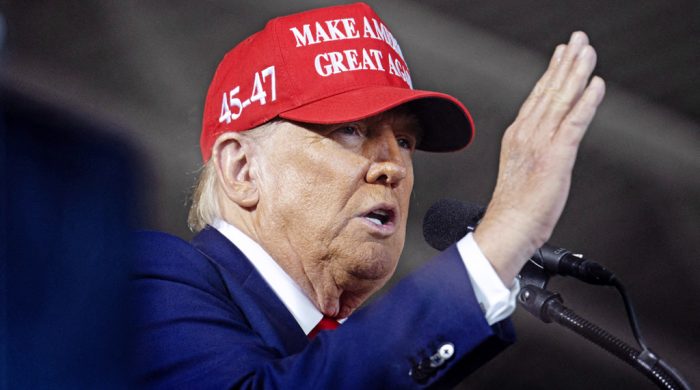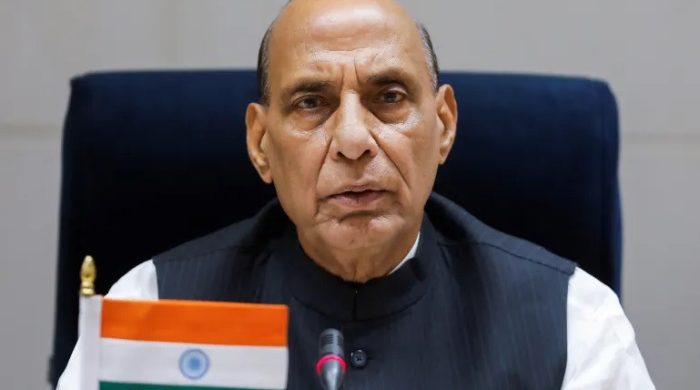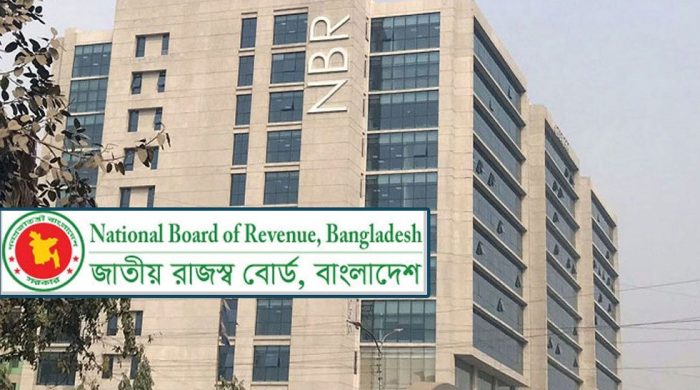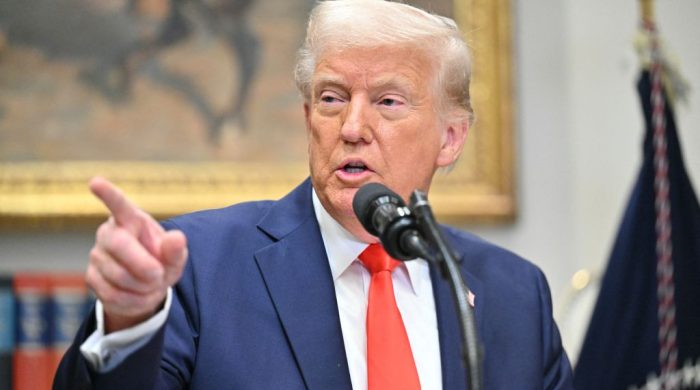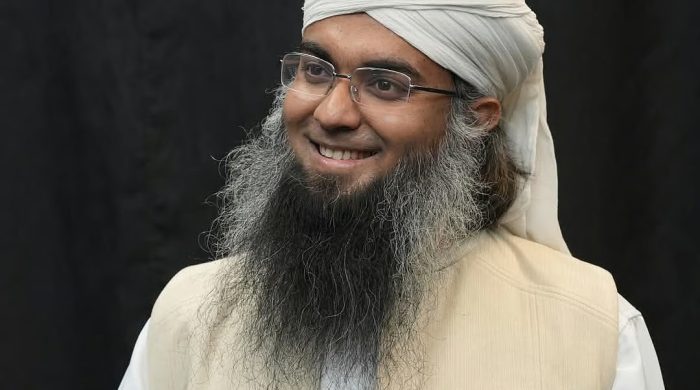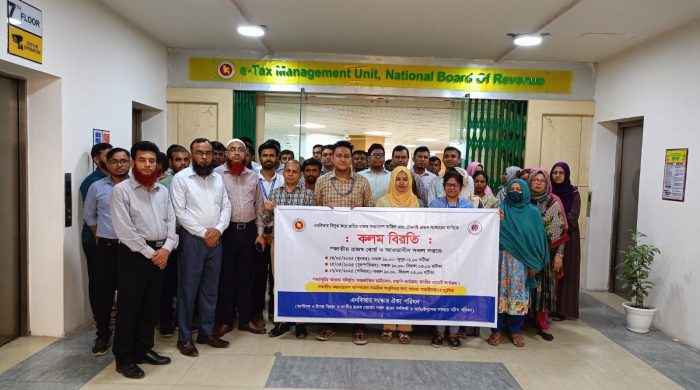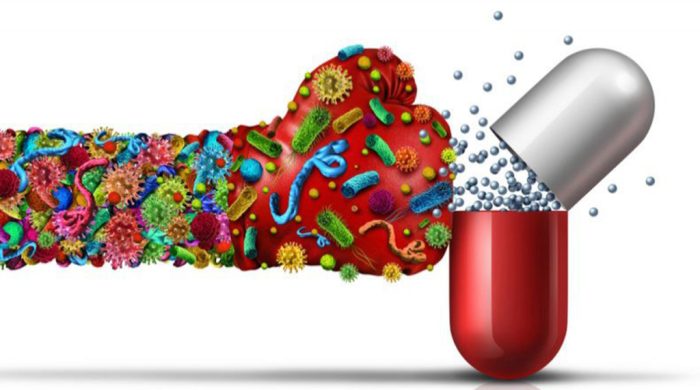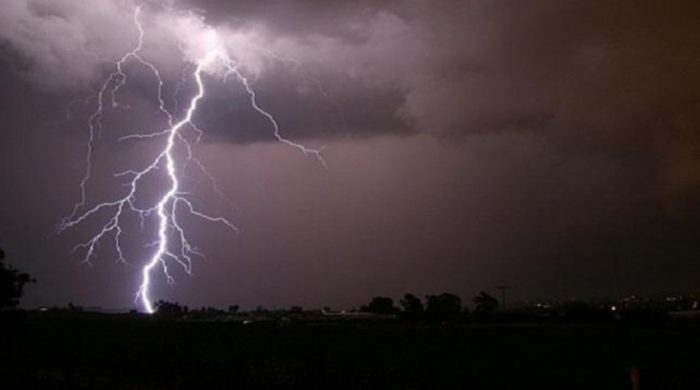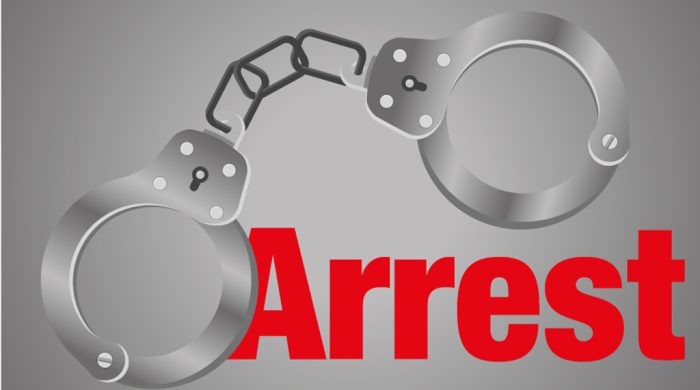New York Confronts Second-Wave Risk: Visitors From Florida and Texas

- Update Time : Tuesday, July 14, 2020
- 203 Time View
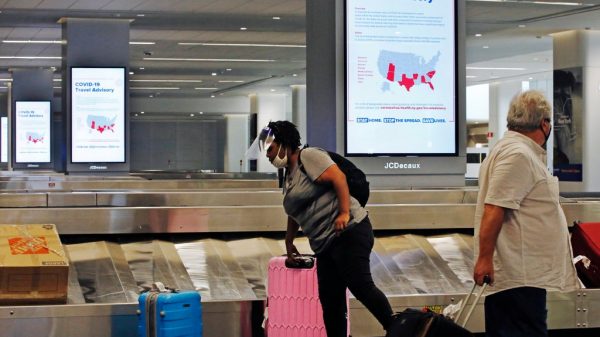
New York, once the center of the coronavirus pandemic, has so successfully stemmed the outbreak that its death and hospitalization rates have plummeted and it has among the lowest infection rates in the country.
But the state and its neighbors are facing a disquieting new threat: Can they keep the virus suppressed when it is raging across the South and West?
Officials and public health experts are especially concerned that infected travelers from any of the nearly 40 states where the outbreak is spiking could set off new clusters in New York. Gov. Andrew M. Cuomo on Monday imposed more restrictions on travelers from states with high infection rates, but it is not all clear that they will be followed — or are even enforceable.
Tens of thousands of people enter New York daily through its airports, highways and train stations, and compliance largely depends on the whims of visitors and of residents returning home.
Mr. Cuomo has warned it is almost inevitable that the virus will seep back into the state, much the way it came to New York through flights from Europe in February. He has also raised concerns that some New Yorkers might let their guard down and blamed local governments for not enforcing mask-wearing and social-distancing measures.
But his focus lately has been on trying to keep the virus from re-entering New York: Travelers from 19 states where cases have increased must now quarantine for two weeks upon arrival in New York. And beginning Tuesday, travelers arriving at New York airports will be required to fill out a form with their personal information and planned whereabouts, or face a $2,000 fine.
Epidemiologists said they were skeptical that the measures would work.
“I think it’s going to be incredibly hard to keep the virus out of New York State,” said Isaac Weisfuse, a former New York City deputy health commissioner. “I think that these types of travel restrictions may be somewhat helpful, but we should assume that they’re not going to be airtight.”
But Dr. Weisfuse, an adjunct professor at Cornell University’s master of public health program, and other epidemiologists said New York was better positioned to deal with a surge in cases this time around.
They said that government officials had a better understanding of the virus and that doctors in New York had learned invaluable lessons from treating the disease. People in New York, where more than 400,000 people were infected and more than 30,000 died, are keenly aware of the risks and, for the most part, of the importance of wearing masks. The state has also dramatically ramped up its testing capacity, processing about 60,000 tests per day.
“I don’t anticipate that in New York, we’re going to have a second wave that is going to look like what we have in Texas and Florida,” said Dr. W. Ian Lipkin, director of the Center for Infection and Immunity at the Mailman School of a Public Health at Columbia University. “We can’t become complacent, and I don’t think we will. I am cautiously optimistic.” Mr. Cuomo’s quarantine order comes as the state continues to gradually reopen and stabilize its health metrics.
In July, New York averaged about 10 virus-related deaths a day, a huge drop from the 799 deaths over a 24-hour period at the peak of the outbreak in April. About 790 people are hospitalized, down from nearly 19,000 people a few months ago when hospitals were nearly overrun.
But New York officials are readying for a spike, however big or small, as states like Florida continue to report record number of cases — more than 12,000 on Monday — and others, like California, impose sweeping rollbacks of their reopening plans, forcing many businesses to close again.
Officials in New York — unlike in Connecticut and New Jersey, which also implemented a quarantine requirement — have sought to proactively enforce the quarantine order. The state instituted fines of up to $10,000 and made it legal to order people to self-isolate, if necessary.
But no fines or mandatory isolation orders have been issued in New York City since the order took effect on June 25, according to a city spokeswoman. Instead, both state and city officials have urged travelers to take the order seriously and are hoping visitors will comply voluntarily, as with similar executive orders mandating masks and social distancing.
Mr. Cuomo himself has acknowledged the difficulty of enforcing the mandate and the government’s limited reach, likening enforcement to “trying to catch water in a screen.”
“New York’s problem is we have the infection coming from other states back to New York,” Mr. Cuomo, a third-term Democrat, said on Monday, noting the state is not “a hermetically sealed bubble.”
Officials estimate about 12,000 people visit New York daily from the states on the quarantine list, which is updated regularly according to certain virus health metrics. The quarantine currently applies to travelers from a broad swath of mostly the West and South where cases have skyrocketed, including California, Florida and Texas. Additional states are poised to be added to the list soon.
The quarantine order has applied to more than 900 flights that have landed in New York, New Jersey and Connecticut since the order went into effect, according to a New York Times analysis of flight data provided by MyRadar. About one-third came from Florida, and most flights landed in New York City, Newark, N.J. and Teterboro, N.J.
Domestic flights are averaging about 68 passengers per flight, according to Airlines for America, an industry group, so more than 61,000 people could have been on those flights.
Before Mr. Cuomo made the airport forms mandatory, arriving passengers were expected to voluntarily fill them out and leave them in drop boxes.
The information from the forms is shared with local health departments, which are supposed to follow up with visitors over phone, text message or in person to ensure they are quarantining, officials said. More than 20,000 forms had been submitted as of last week, state officials said.
Ensuring that people filled out the forms became a problem for officials early on. A recent outbreak of cases in Rensselaer County originated with three residents — two of whom worked in nursing homes. They traveled to Georgia and did not report their arrival back in New York.
Collecting the questionnaires also appeared to be a problem. On a recent evening last week, many travelers at La Guardia Airport walked out of baggage claim with the form in hand, unsure of where to hand it in.
Whether they planned to quarantine or not, most travelers arriving on a recent afternoon from designated states like North Carolina and Kansas seemed to be aware of the 14-day requirement.
Dani Sheinbaum, 33, who lives in Connecticut and was returning from visiting her best friend in Dallas, went so far as to inform her gym she wouldn’t be going back for a while because of the quarantine.
“It’s a moral compass,” said Ms. Sheinbaum, an account executive at a job recruitment company. “I don’t want to fail my brethren.”
Quarantining also didn’t also didn’t seem like much of a burden for the many people still working from home, like Jeff Rudolph, a psychologist who was retuning from a five-day vacation in his second home in Longboat Key, Florida.
“For me, it’s not a particular hardship,” said Mr. Rudolph, 72, who lives in New Jersey. “I do my patient therapy sessions online. I think safety first.”



